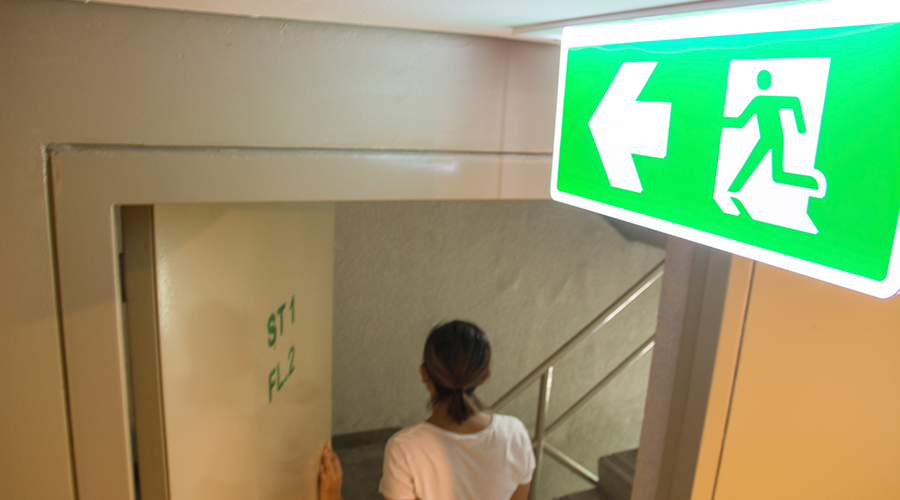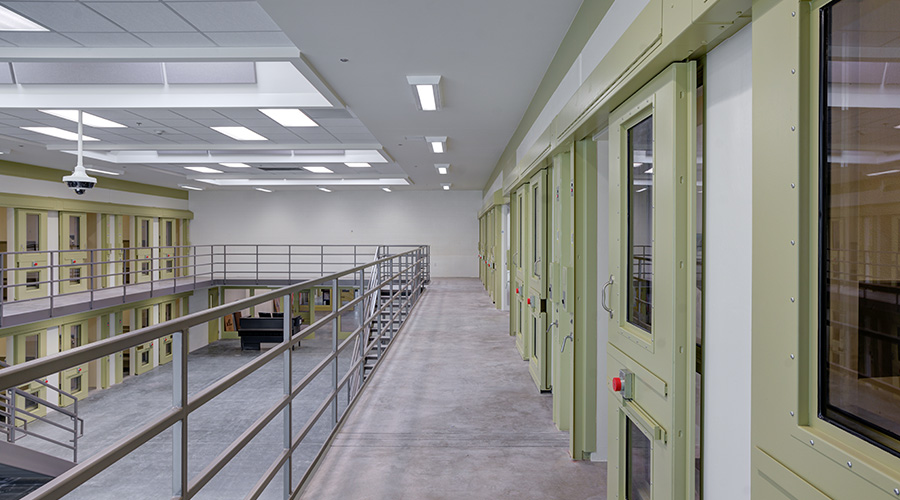Patient Care Takes Priority Over Lighting Project
The two-phase lighting retrofit took three years to complete. Because of a lean business model for facilities staffing, Miller outsourced the project so in-house staff could focus on the day-to-day operations of the medical center.
"It would have taken us a long time internally to use our resources, our manpower, to replace the amount of lights we replaced," Taylor says. "It was a lot of lights. To get it done in the timeline we were looking for, we wouldn't have been able to accomplish that."
To find a contractor who also could provide service after the project was completed, Miller relied on established relationships with vendors and sought the advice of the medical center's purchasing department. He also relied heavily on them for expertise about the most appropriate lamps to specify to meet the facility's lighting needs.
To ensure contractors maintained a consistent level of activity during the project, Taylor and Miller developed a project schedule that would enable progress to continue without disrupting hospital operations and patient care.
"We had contractors here, and they needed to be working," Taylor says. "So we tried to come up with a schedule with (medical) departments and the nursing staff so the guys could continue to work on a regular basis, instead of working a couple of hours here, then stopping, and having departments go by that schedule.
"Sometimes, depending on what was going on, we had to break from the schedule, but (the hospital staff) worked well with us."
Focus On The Mission
Saving energy and money are essential elements of lighting retrofits, but those goals cannot interfere with a health care facility's core mission of patient care. So among his staff's priorities during the retrofit was "maintaining good infection-control practices," Miller says. "Our main job as a facilities department, regardless of our project, is making sure we're not compromising our environment for patient care. The team worked heavily with the contractors to ensure that we took all the necessary infection-control precautions when we were in those areas.
"That can be tricky sometimes. That involved a lot of coordination with the contractors, facilities staff, and nurse managers. It was really a combination of everyone working together, knowing where we needed to be and scheduling those spaces."
The in-house workers went to great lengths to educate contractors about systems and components that could not be compromised. For example, when working in the intensive care unit, turning off the wrong switch would have dire consequences.
"When you start working in different areas like stairwells in a hospital, you want to make sure guys turn the right breakers off and are diligent about turning the right things off," Taylor says. "Our staff assisted with stuff like that to make sure the power was off before we started changing out lights and ballasts. We had to make sure stuff was labeled correctly. Not to say it was a challenge, but it was something we had to take very seriously."
Related Topics:














